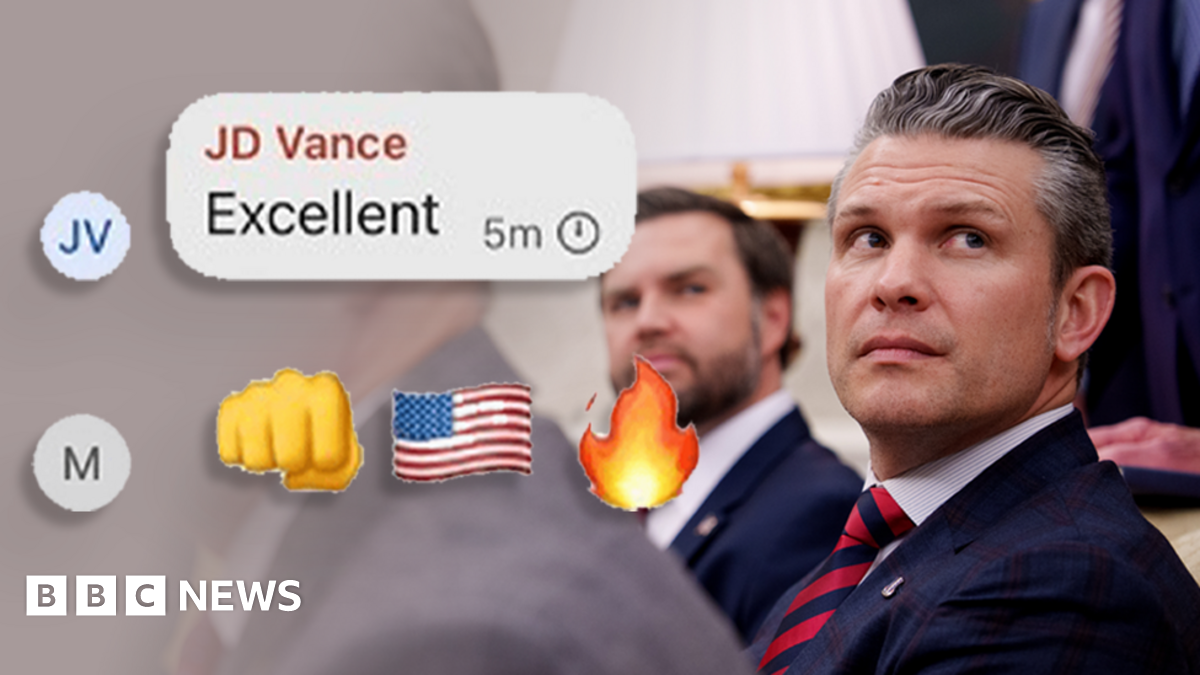Three Sensitive Signal Messages Explained: Understanding Your Car's Warnings
Your car's dashboard isn't just a place for speedometers and fuel gauges. It's a vital communication system, alerting you to potential problems before they become major (and expensive) repairs. Three signals, in particular, warrant immediate attention due to their sensitivity and the potential severity of the issues they indicate: the check engine light, the oil pressure warning light, and the battery warning light. Ignoring these can lead to significant damage and even roadside breakdowns. Let's dive into what each means and how to react.
1. The Check Engine Light: A Broad but Important Warning
The dreaded check engine light. This seemingly innocuous symbol can signify a wide range of problems, from a loose gas cap to a serious engine malfunction. Don't ignore it! While a loose gas cap might be the culprit, other issues could be far more serious, leading to costly repairs down the line.
-
What it means: The check engine light illuminates when the car's onboard diagnostic system (OBD-II) detects a problem with one or more of the engine's systems. This could include anything from a faulty oxygen sensor to a problem with the catalytic converter.
-
What to do: The first step is to have your car's diagnostic trouble codes (DTCs) read by a mechanic using an OBD-II scanner. This will pinpoint the specific issue causing the light to illuminate. Don't attempt to guess the problem yourself. A qualified mechanic can diagnose the issue accurately and recommend the necessary repairs.
-
Ignoring the light could lead to: Reduced fuel efficiency, increased emissions, engine damage, and potentially catastrophic engine failure.
2. The Oil Pressure Warning Light: A Critical Indicator
This red light is a serious warning. It indicates a critical drop in oil pressure within your engine. Oil lubricates the engine's moving parts, and a lack of sufficient lubrication can cause significant damage very quickly.
-
What it means: The oil pressure light means your engine isn't receiving enough lubrication. This could be due to low oil levels, a faulty oil pump, a leak in the oil system, or a blocked oil filter.
-
What to do: Pull over immediately and turn off the engine. Continuing to drive with a low oil pressure warning light can cause irreparable damage to your engine. Check your oil level; if it's low, add oil (the correct type and amount) as soon as possible. Then, have your vehicle towed to a mechanic for a thorough inspection.
-
Ignoring the light could lead to: Seized engine, bearing failure, and complete engine destruction, requiring a costly rebuild or replacement.
3. The Battery Warning Light: Power Problems Ahead
This light, often depicted as a battery symbol, indicates a problem with your car's charging system. It might come on when the engine is running or only when starting the car.
-
What it means: The charging system, which includes the alternator and battery, isn't functioning correctly. The alternator might be failing to charge the battery, leading to a gradual drain.
-
What to do: Have your battery and charging system checked by a mechanic as soon as possible. A failing alternator needs to be replaced to avoid leaving you stranded.
-
Ignoring the light could lead to: A dead battery, leaving you stranded. Additionally, a malfunctioning charging system can strain other electrical components.
Conclusion:
These three warning lights are not to be taken lightly. Understanding their significance can save you from costly repairs and potentially dangerous situations. If you see any of these lights illuminate, address the problem promptly to keep your vehicle running smoothly and safely. Regular car maintenance, including oil changes and battery checks, can help prevent many of these issues from arising in the first place. Remember, preventative maintenance is key to a long and happy relationship with your car.

